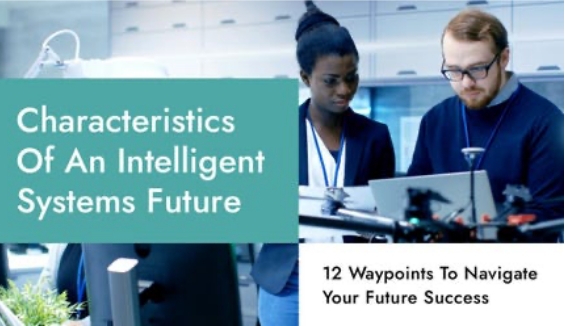The Digital Transformation of Energy Production
There are a number of emerging technologies at play with modern energy production, each contributing to the transformative process in a unique way.
There are a number of emerging technologies at play with modern energy production, each contributing to the transformative process in a unique way.

As Featured in Forbes
A Critical Piece Of The Machine Economy: The People
70% of GDP growth in the global economy between now and 2030 will be driven by the machines, according to PwC. This is a near $7 trillion dollar contribution to U.S. GDP based around the combined production from artificial intelligence, machine learning, robotics, and embedded devices. This is the rise of a new machine economy.
» Read the Article on Forbes
Characteristics Of An Intelligent Systems Future: 12 Waypoints To Navigate Your Future Success
By 2030, $7 trillion of the U.S. economy will be driven by the machine economy. We’ll become data-driven software enterprises in the process. How we get there, and how successful we are, is already part of the thinking of leaders in organizations dependent on these ideas for business success.
» Read the Article on Forbes
“
“Increasingly, machines will learn from experiences, adapt to changing situations, and predict outcomes.”2

RTOS-based applications at the core of pervasive AI are being brought about “by a proliferation of AI-powered smart devices able to recognize and react to sights, sounds, and other patterns. Increasingly, machines will learn from experiences, adapt to changing situations, and predict outcomes."2
» Read the Article2 “AI Is Not Just Getting Better; It’s Becoming More Pervasive,” Harvard Business Review, February 19, 2019